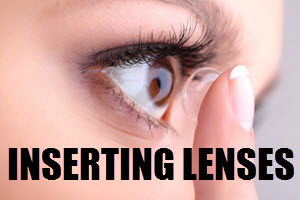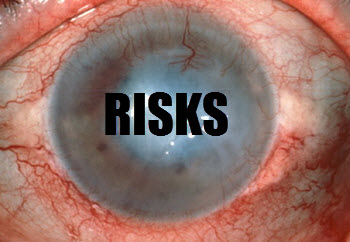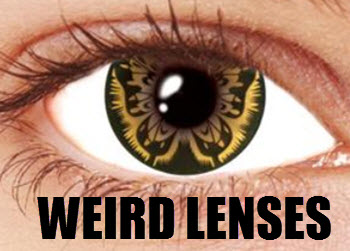The Psychology of Eye Color
The color of a person’s eyes can have a significant psychological impact, influencing both self-perception and how others perceive them. Eye color is a genetic trait determined by the pigmentation and structure within the iris, which can range from the common shades of brown and blue to the less common green or gray. The fascination with eye color is not merely superficial; it dives deeply into our human psychology.
Self-Perception and Confidence
Many individuals perceive their eye color as a core part of their identity. Those who are satisfied with their eye color often feel a sense of confidence and pride. Conversely, individuals who wish to change their eye color may seek to do so to align their appearance more closely with their personal aesthetic ideals. Eye color can thus play a subtle but critical role in self-esteem and self-image.
The notion of self-perception related to eye color extends to how individuals view their uniqueness or commonality. Eye color can be a focal point for some people in expressing themselves, often reflected in culture and art where eyes are emphasized to depict a character’s personality or mood. In narratives, eyes often draw metaphoric parallels, with terms like “piercing blue” or “warm brown” meant to convey underlying character attributes.
Psychologically, color itself influences mood and behavior. For example, people with blue eyes can come across as calm and serene due to cultural associations of blue with tranquility and openness. However, this is less about the eye color itself and more about the social conditioning surrounding color symbolism. Meanwhile, people with brown eyes might embody perceptions of warmth and reliability, again tied to societal interpretations of color rather than biological realities.
Social Perceptions
Social perceptions concerning eye color can vary widely between cultures and communities. In some societies, certain eye colors are associated with specific personality traits or social statuses. For instance, blue or green eyes might be stereotyped as more exotic in regions where these colors are less common. Such perceptions can influence interpersonal dynamics and social exchanges.
Moreover, eye contact plays a vital role in communication, with eye color sometimes inadvertently influencing first impressions before other factors are even considered. This can range from assumptions about trustworthiness to perceived intelligence, although these judgments are highly subjective and culturally specific. Such biases highlight the importance of awareness and self-reflection in overcoming superficial judgments.
Changes in Eye Color
There are multiple methods by which individuals can change their eye color, ranging from temporary solutions like colored contact lenses to permanent surgical procedures. Each method carries its own set of psychological and physiological considerations.
Individuals opting for colored contact lenses might enjoy the flexibility of changing eye color to suit various moods or settings, while those considering surgical modifications could be seeking a more lasting solution to align with personal identity goals. It is crucial to approach these changes with an understanding of not only the physical risks but also the psychological implications.
The decision to alter one’s eye color permanently through surgery, such as iris implants or laser treatment, involves deeper psychological drivers, often linked to a profound desire for change. This could be indicative of a deeper quest for transformation in one’s social interactions or self-perception. Success in such an endeavor can significantly influence an individual’s quality of life, provided expectations align with the reality of the outcome.
Psychological Impacts of Eye Color Change
Undergoing a change in eye color, especially a permanent one, can lead to a shift in a person’s sense of identity. This transformation might challenge their established self-concept and lead to a period of adjustment. For some, changing an eye color can bring a newfound sense of satisfaction and equilibrium, enhancing their self-confidence and comfort in social interactions.
Eye color, as a distinctive physical feature, impacts a variety of psychological dimensions, from the way individuals perceive themselves to the subtle nuances of social acceptance. It draws attention to the broader conversation on the malleability of identity and the extent to which physical alterations can affect psychological states. Evidently, the road to accepting such changes often necessitates a phase of reevaluation of one’s identity and societal role.
It is important for individuals considering such changes to reflect on their motivations and expectations. Consulting with mental health professionals can be beneficial in navigating the psychological impacts of altering this aspect of one’s appearance. Thoughtful consideration helps ensure that individuals make informed decisions that positively contribute to their psychological well-being.
Ultimately, the conversation surrounding eye color and its psychological dynamics sheds light on the broader human experience of identity, perception, and cultural symbolism. It serves as a reminder of the complex interplay between genetic traits and societal influences, prompting an exploration into how fundamentally intertwined our physical attributes and psychological states are. Thus, our discussions on eye color transcend mere aesthetics, delving into the essence of human identity and interaction.



 Cosmetic contact lenses
Cosmetic contact lenses